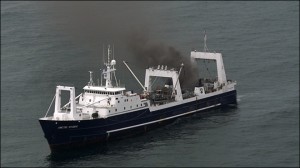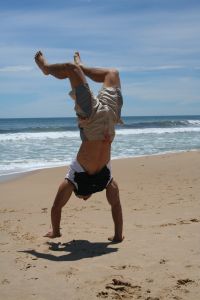206.624.8844
Search for Two Overboard Cruise Ship Passengers Halted
The search for a 30 year-old man and a 27 year-old woman who fell overboard off the Carnival Cruise ship ms SPIRIT has been halted. The cruise line did not become aware that the couple was missing until they failed to pick up their luggage at the end of the cruise. Reviewing surveillance video after the cruise ended, the cruise line determined that Paul Rossington and Kristen Schroder went overboard approximately 93 miles off Foster, New South Wales in Australia.
These type of incidents have occurred in the past. According to a list published a cruise website, over 70 people have fallen overboard from cruise ships since 2000. Carnival Cruise Lines had 28 passengers fall overboard off its ships during this period according to the list. Of the people that fell overboard, 10 were rescued and the rest died as a result of the fall or drowning.
Under maritime law, a cruise line has a duty to exercise reasonable care to prevent injuries to passengers while on a cruise. If a family member falls overboard on a cruise, it is important that an experienced maritime lawyer is retained to determine whether a cause of action may exist against the cruise line. Holding the cruise line accountable for deaths or injuries is important to improving the safety of the industry. The cruise line will likely appoint an experienced lawyer to conduct its investigation and take action to protect the company from possible legal action. It is important that your family have an experienced lawyer working to determine the cause of the incident and make certain that the truth comes out in the investigation.
 Seattle Maritime Injury Lawyer Blog
Seattle Maritime Injury Lawyer Blog













